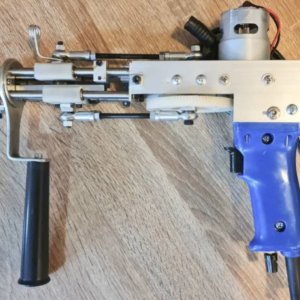[ad_1]
Your hard drive no longer gives itself. It’s running slow, you need more storage space, and it’s crying out for a makeover. The time has come to exchange it for a new one and buy a suitable hard drive for your needs.
Unless you are a hardware expert, it is more than likely that you will have many questions when it comes to choose the new hard drive and that it meets the characteristics you need for your computer.
Actually, choosing a new hard drive is not too complicated a task. You only need to take into account some details and technical characteristics of the storage units. To help you in this task and that the task of buy your hard drive find it much easier, we have prepared for you this guide to buy an internal hard drive, in which we show you the main aspects that you have to observe to choose your model. Take note!
Type: HDD vs. SSD
One of the first decisions you have to make when choose a hard drive is which type best suits your needs and budget. There are basically two types of storage: the traditional hard drive and solid state drives or SSDs.
On the one hand you have the type HDD (Hard Drive Disk, also known as a mechanical hard drive). These units have mechanical parts inside and are made up of a set of several magnetic disks that rotate at high speed on the same axis, where the read and write heads read or write the data by magnetizing the surface. Its strong point is that it provides a large storage capacity for a very affordable price.

This type of unit is especially suitable for storing large amounts of data or large files while maintaining a very reasonable price. They are also perfect as a secondary drive to store user files.
The other unit type you can choose is SSD (Solid State Drive) or solid state hard drive. In this case, the data is stored in flash memories connected to each other and a controller chip that is in charge of carrying out the writing and reading tasks.
Hard drive RAID: this is how you can improve the performance of your HDD
In this type of storage, the data is stored in memory cells in which the information is written by means of electrical impulses. As there are no mechanical parts, the latency (time that passes between a request for information and the response to that request) is practically nil, so the response from this type of storage is instantaneous.
Regarding HDDs, the SSDs have the advantage of consuming less power, take less time to boot, are quieter, provide faster data transfer rates, and have a longer lifespan. On the other hand, SSDs offer a smaller storage capacity (up to 4 TB generally) and are much more expensive than HDD units.
Storage capacity
Capacity is another of the important characteristics that you must take into account when buy a hard drive. Depending on your storage capacity needs, the use you are going to give it and your budget, you will be more interested in choose an HDD or an SDD disk.
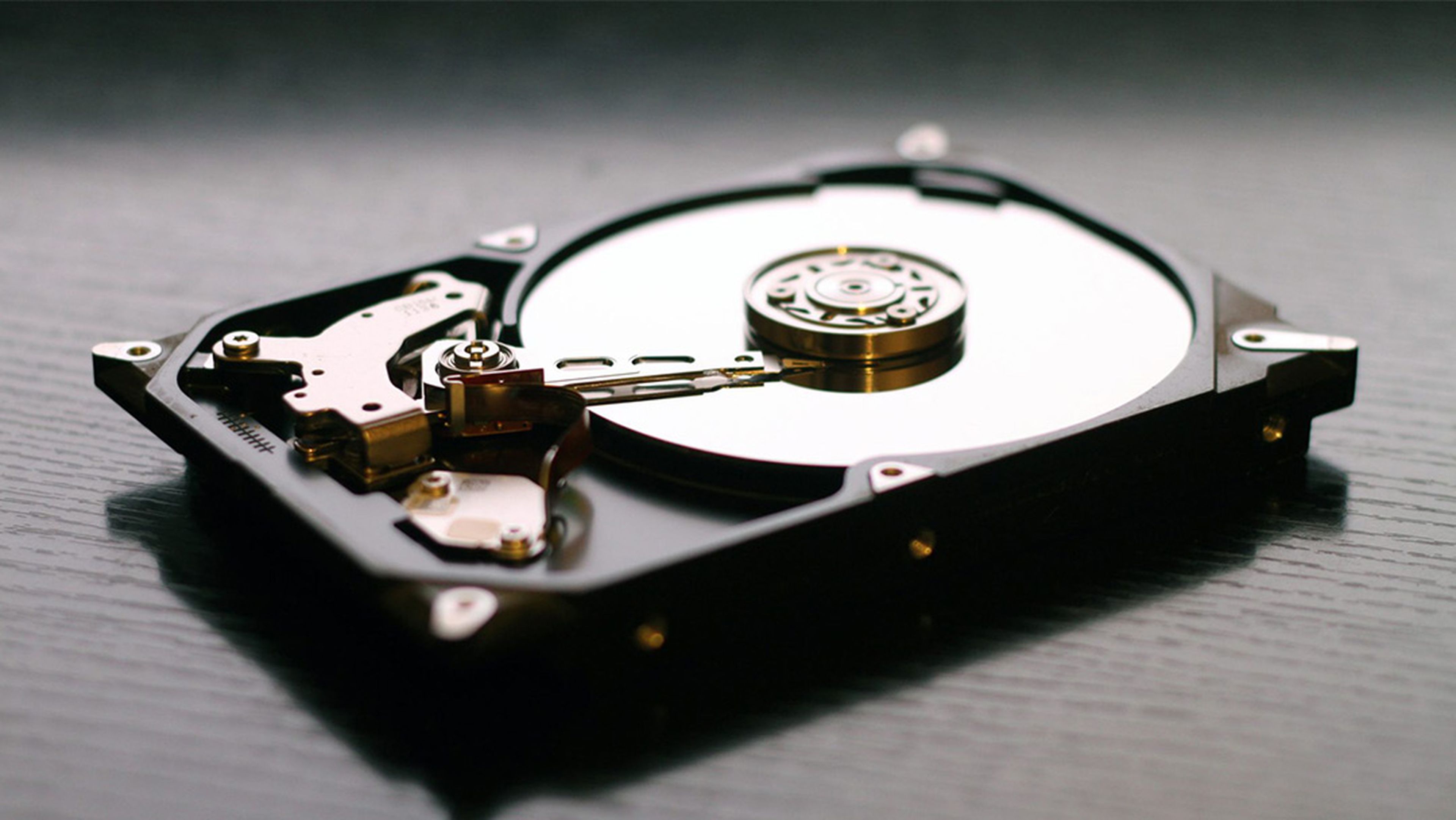
As we said in the previous point, the HDDs offer you greater capacity at a cheaper price. You have at your disposal models between 500 GB and 12 TB, and the cost increases as storage grows. For example, in Amazon Spain you can find 1 TB hard drives for just over 40 euros, 2 TB for just over 60 euros, 4 TB for less than 110 euros, 6 TB for around 175 euros, 8 TB for about 225 euros, 10 TB for 316 euros and 12 TB for about 452 euros.
The solid state drives offer you less capacity and are more expensive, despite the fact that in recent years they have dropped considerably in price. This price difference per gigabyte makes the drives excellent candidates for installing the operating system and the programs you use on them, since they take up less space, while HDDs are used as secondary support on which to store your photos, videos and files.
How to change your laptop’s hard drive to an SSD
Although 100TB drives have already been introduced at the enterprise level, at the consumer level you will find them up to 4TB, although these capacities are still prohibitively priced. In Amazon Spain you can buy 120GB SSDsfor less than 28 euros, 240 GB for about 39 euros, 500 GB for about 70 euros, 1 TB of capacity for 150 euros and 4 TB for about 933 euros.
Speed
To the buy a hard drive, look at the read and write speed. This is one of the most important features that you have to look at, since the time it takes for the unit to save the files and access them will depend on it. Not all models offer the same reading and writing speed and, on many occasions, behind this data is the reason for the price difference between two storage units apparently the same.
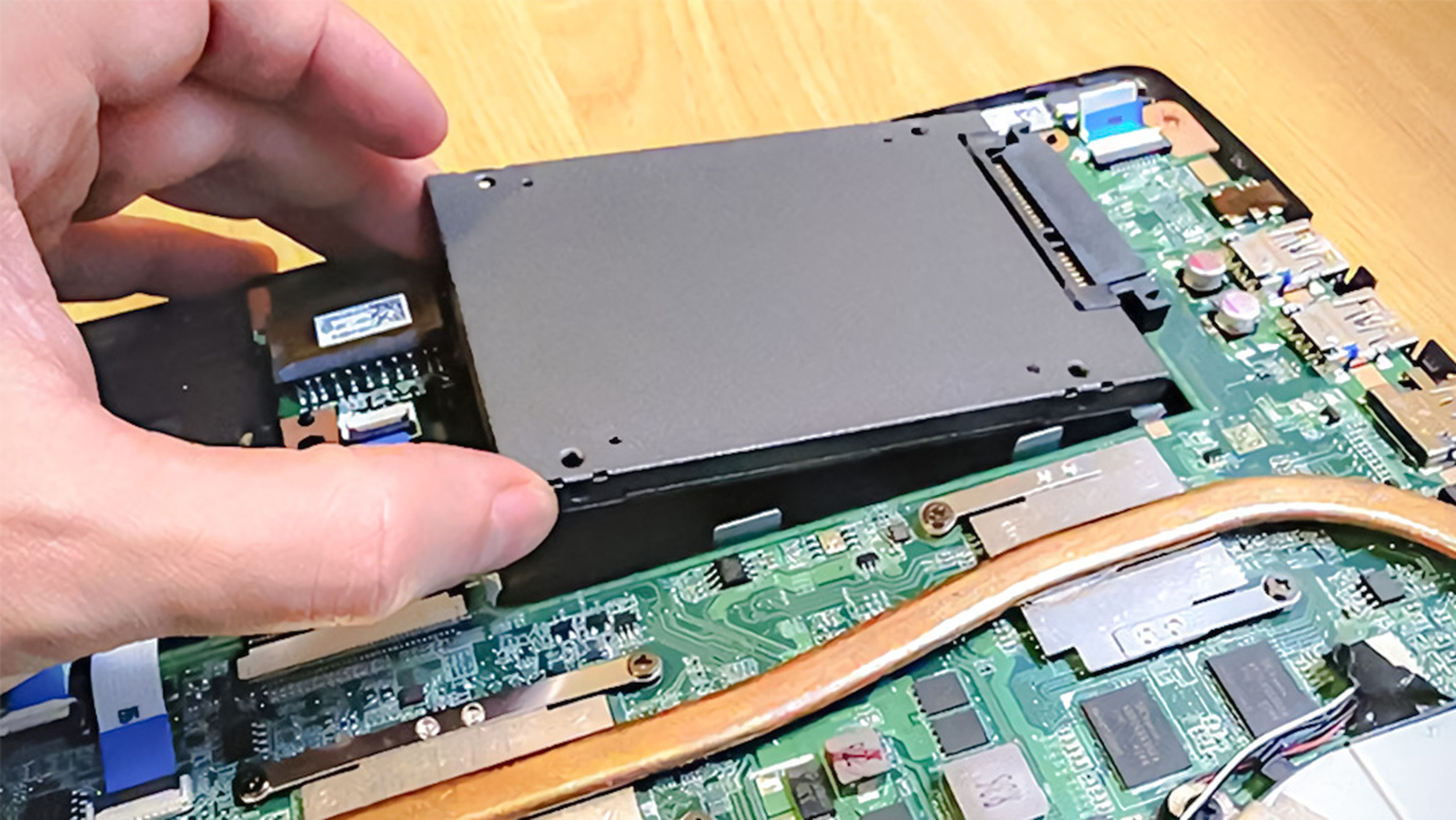
If you opt for buy a hdd hard drive, you have to look at the data that indicates the speed of rotation, which is measured in revolutions per minute (rpm). This data is what determines how fast the disk spins and, therefore, definitely influences the read and write speed at which the heads can move across the disk surface.
If you are going to use the drive to install the operating system, it is recommended that you choose a model with a speed of 7200 rpm or higher since you will need greater speed to speed up the execution of programs. If you are going to use it as a secondary hard drive, to store data and even as a backup drive, you can get a slower one of 5400 rpm since for data storage you don’t need it to be so fast.
How to convert an old hard drive to an external drive
Also, some of these slower-spinning drives have been designed to go to sleep temporarily if not in use, so you’ll also be saving energy.
If you go to buy an SSD, by not having mechanical parts and storing the files in flash memories, the speed is not measured in rpm, but in MB/s, and varies depending on the memory and the flash technology used. The final price of the unit will depend to a large extent on this speed difference, since SSDs that use slower memories are usually much more affordable than their equivalents with faster memories.
Cache or buffer memory
Another feature to consider is the drive storage cache or buffer. This parameter sets how much space the drive uses to store your most frequently accessed files for immediate access, or it can be used as a “waiting room” where the data you’re asking for is stored. sending the processor while the read and write heads write or read information.
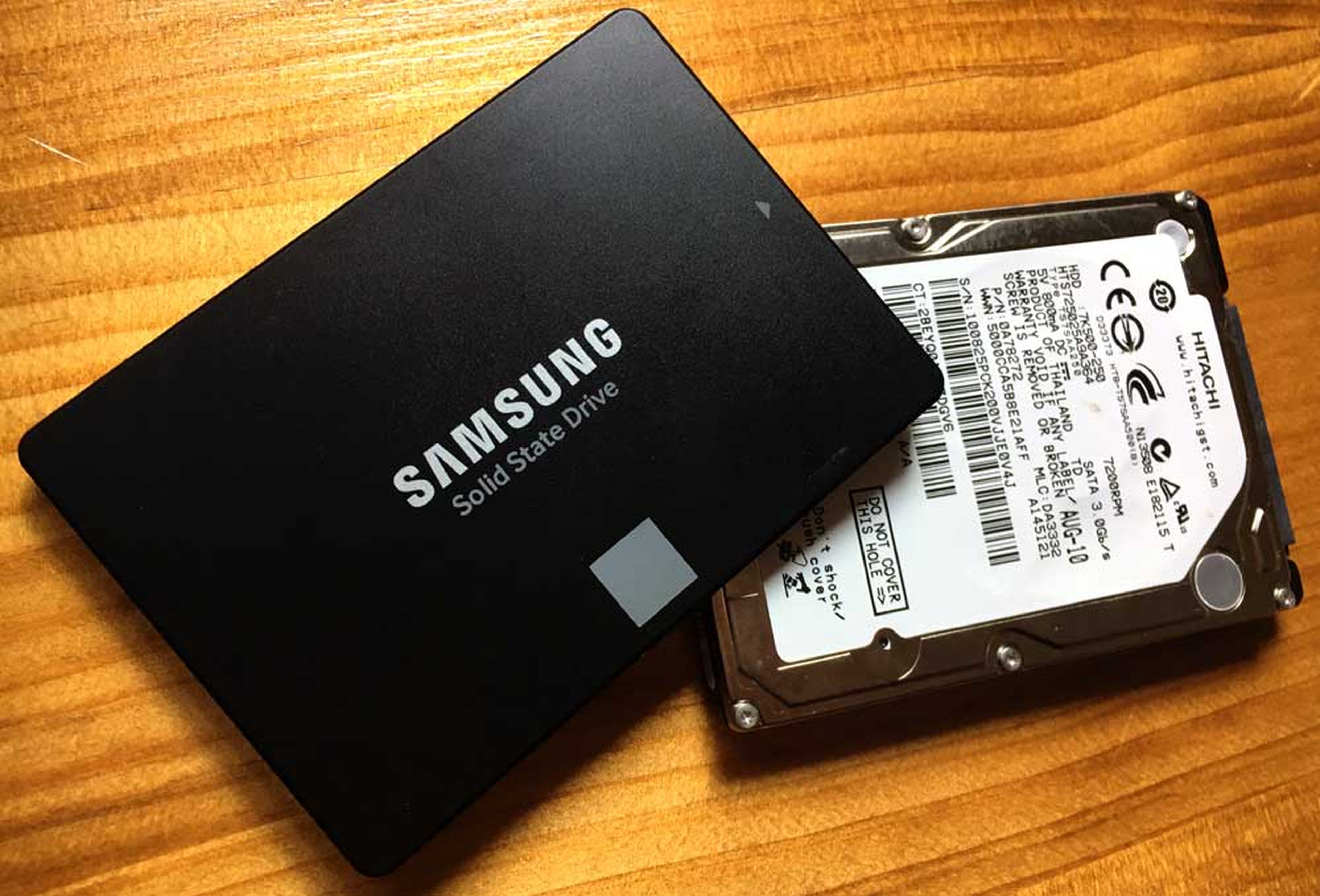
So, the larger this cache or buffer is, the greater the amount of information it can keep in reserve. Modern HDDs can have a cache of between 8 MB and 256 MB, and in the case of SSDs from 32 MB.
Which storage system is better: SSD, SSHD or HDD
There is a third storage variant called SSHD (S)Solid-State Hybrid Drive) which consists of a traditional HDD disk, to which a small SSD has been integrated as a cache memory. As you can imagine, by integrating this electronic part, its reading and writing speed is faster with respect to the traditional HDDsalthough this cache space is not accessible to the user, nor can you control which files are saved on the SSD or HDD side.
Connectivity interfaces
The connectivity interface it is the way in which the disk drive communicates with the computer, which does not always correspond to the same connector format. you will find different connectivity interfaces on hard drivesand the type of connection also determines the performance of the drive.
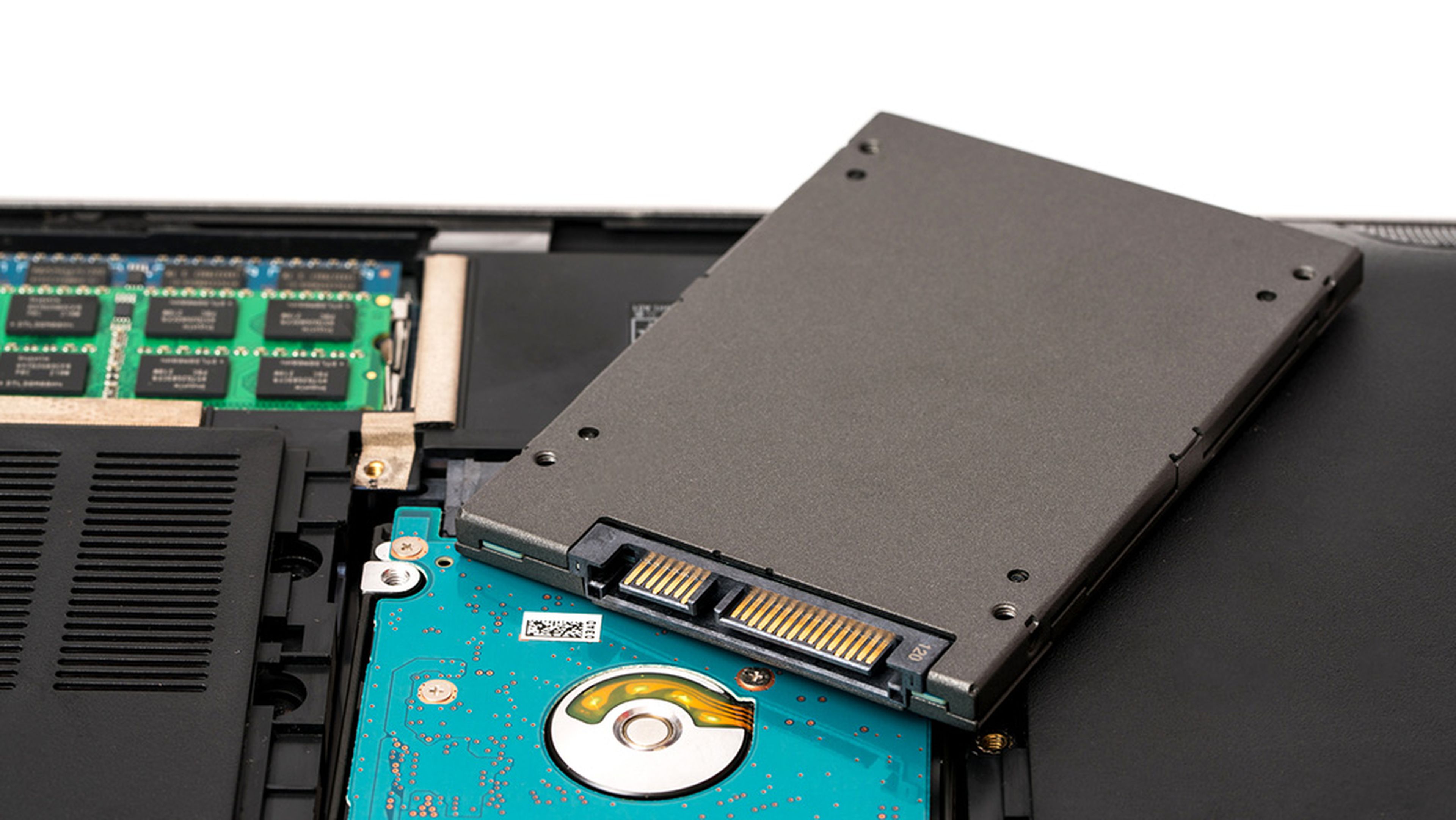
PCIe vs SATA: what are the differences and how to choose an SSD with these technologies
Another protocol, this one more common among solid state drives is NVMewhich is capable of using a very high bandwidth because it uses PCI-e channels and can reach speeds of over 3,000 MB/s depending on its version.
form factor
The form factor is also decisive when it comes to select the hard drive you need for your computer or laptop. There are HDDs in the traditional 3.5″ size, which is the most common to install inside the computer due to its size and weight; or the 2.5″ one, which is usually used in laptops or external drives due to its compact size and lightness.

On the other hand, SSDs do not have moving parts, so it is common to find them in a size equivalent to 2.5″ HDDs, although it is important to take their thickness into account when choosing them, since if they are going to be mounted on laptops, they may not fit in the allotted slot.There are 7mm and 9.5mm versions. Make sure of its thickness to avoid surprises when closing the laptop casing.
The development of faster connection interfaces, such as NVMe, has made the SATA 3 interface fall short and limit the transfer rate of the new SSDs, giving rise to a new form factor in which SSDs no longer have the same appearance as a traditional HDD and are closer to that of a RAM memory module.
Everything you need to know about hard drives
This new form factor is called the M.2 standard, which is very advanced and allows the drive to be much more compact than a normal drive. This standard allows the storage device to connect to the computer through the PCI-e connector and is much faster than SATA 3.
The M.2 form factor drives can use SATA 3 and/or NMVe and based on that, its performance and its price will vary.

Visually it is difficult to differentiate an M.2 SATA 3 drive from an NMVe, but a trick that usually works is to look at the connector pins. If it has two notches, it is missing a connection pin, so its speed is lower. That means that drive is SATA 3. If it only has one notch, it’s NMVe.
Durability
The use, the passage of time or small shocks in the case of disks installed in laptops influence (a lot) the durability of your hard drive, which varies depending on the models you choose and their characteristics.

HDDs last less time than SSDs, and are also more susceptible to mechanical failure due to shock. For this reason, for a laptop it is more recommended choose a solid state hard drive instead of an HDD. You will be able to reduce noise and weight, while gaining speed and stretching the autonomy of the battery since the SSD consumes less.
The reliability of SSD drives, myth or reality?
Modern HDDs have an average failure rate of 1.5 million hours, while that of SSDs is 2 million hours. However, these figures are an average and the use made of the unit and its design depend on it, since there are units that have been specifically designed for servers and high-performance uses, in which case the durability is much elderly.
[ad_2]





